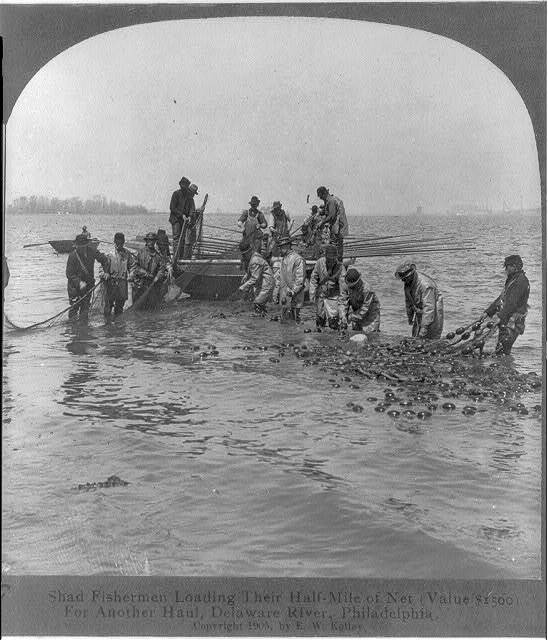At the Squaxin Island Tribe Museum Library and Research Center, I heard stories from the Native Americans who run the Center: “I have a passion for rocks that have life, I have a passion for people who have tattoos that are walking canvases, I have a passion for the animals… this circle of life.” These are the words of wisdom from the Executive Director. We learned about the Medicine Creek Treaty of 1854, which was about Indigenous sovereignty of the sea. This treaty granted Native Americans the right to fish in the Puget Sound, like they’ve always done. Native Americans respected oysters and the ecosystem to which they belonged: “we believe this land is very sacred.”
Euro-American capitalism exploited oysters. For example, Blue Point Oysters got their name from the place they grew: Blue Point, NY. However, the industry took advantage of the popularity and selling point of “Blue Point Oysters” and began to capitalize on this name. Soon oysters all along the east coast were being sold under the name of “Blue Point,” regardless of where they came from. This can be compared with champagne, which we think of as any old sparkling wine, but it is actually a city in France and a wine region. It is inaccurate to call a wine that is not from this region “champagne,” and yet it is all over the supermarkets broadcasted as such.
Another example of using misleading labeling for marketing is with Vermont maple syrup. Vermont is famous for maple syrup, and the largest producer of it in the world, producing 5.5% of the world’s maple syrup. According to American Terroir by Rowan Jacobsen, companies started selling “Vermont Maple Syrup” that only had a tiny fraction of syrup actually from Vermont.
Written by: Kristina Holtrop


